Substation Technologies
Substation Automation Standard
Reconditioned SF₆ Gas: An Environmentally Friendly Alternative
Substation Technologies

The Digital Substation Vision: From Utopian Concept to Grid Backbone
A digital substation is a modernized electrical substation that replaces traditional analog equipment and copper wiring with digital signaling, intelligent electronic devices (IEDs), and fiber-optic communication. It enables real-time data exchange, advanced automation, and greater efficiency in managing grid operations and infrastructure health.
For decades, the idea of the digital substation hovered just beyond reach—a theoretical construct wrapped in futuristic language and layered with uncertainty. It was described as an “intelligent substation,” capable of processing...
Related Articles
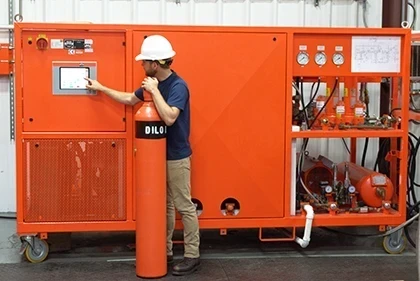
Reconditioned SF₆ Gas: An Environmentally Friendly Alternative
When it comes to medium and high voltage circuit breakers, there is no better electrical insulator than sulfur hexafluoride (SF6). The manufactured gas is most commonly used to fill circuit breakers within utility substations to prevent and quench arcing events. SF6's impeccable dielectric...

The Role of Digital Twins in Substation Management and Grid Optimization
In recent years, digital twin technology has emerged as a game-changer in various industries, and the power sector is no exception. Digital twins are transforming how substations are managed by creating virtual replicas that provide insights into performance and potential issues. A digital...
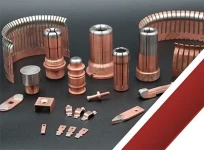
Contact Material Recycling and Sustainability in Electronics
The electronics industry is experiencing rapid growth and innovation, with devices becoming more advanced and ubiquitous. As this industry continues to flourish, it’s crucial to consider the environmental impact of electronic manufacturing and the materials used in these devices. One area...
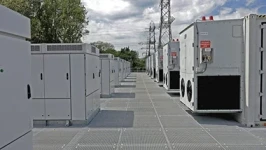
Grid-Scale Battery Storage Systems and Their Impact on Substation Operations
The transition to renewable energy is reshaping the power landscape, with grid-scale battery storage systems playing a pivotal role in this transformation. These systems are crucial for balancing supply and demand, particularly at the substation level, where they enhance grid stability and...
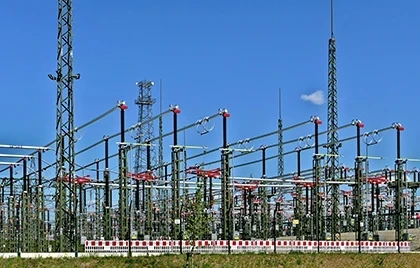
Inside the Digital Substation Upgrade: Migrating to IEC 61850 Ed. 2.1, Process Bus, and Interoperable Testing
From Hardwiring to Data Networking The modernization of substations is as much a communications revolution as a protection one. For decades, copper conductors carried analog signals from instrument transformers to relays and controls. Each new circuit meant more wiring, more panels, and more room...

Grid Communications Infrastructure: Fiber, Wireless, and Networking Technologies
Reliable and secure communication infrastructure is essential to the safe and efficient operation of the modern power grid. As utilities transition to digital substations, integrate distributed energy resources (DERs), and deploy real-time monitoring systems, the need for robust, scalable grid...

Smart Substations and Their Role in the Evolving Smart Grid
The power industry is undergoing a profound transformation driven by grid modernization, renewable integration, and increasing demands for resilience and efficiency. At the heart of this evolution lies the smart substation—a next-generation facility equipped with advanced sensors, digital...
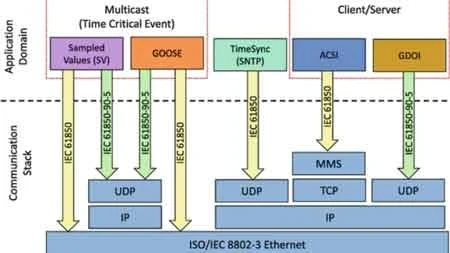
Understanding the IEC 61850 Protocol in Substation Automation
The IEC 61850 protocol has become the global standard for substation automation, enabling high-speed communication, interoperability, and streamlined integration of intelligent electronic devices (IEDs). It plays a foundational role in transforming traditional substations into digital substations...
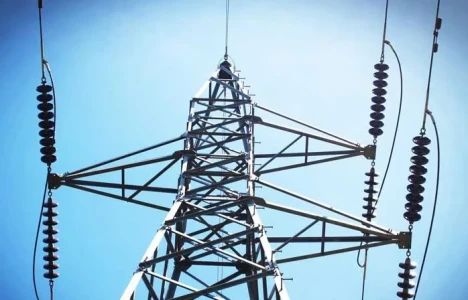
FERC Complaint Targets Duke, PJM Transmission Planning
A coalition of large energy consumers and ratepayer advocates has filed a complaint with the Federal Energy Regulatory Commission (FERC), urging the agency to prohibit transmission owners from independently planning "local" transmission projects exceeding 100 kilovolts (kV). The coalition argues...

Digital Twins for Substations: Bridging the Physical and Digital Worlds
In the rapidly evolving landscape of power grid management, digital twin technology is emerging as a game-changer for substations. By creating virtual replicas of physical assets, digital twins bridge the gap between the physical and digital worlds, enabling enhanced operational efficiency and...
